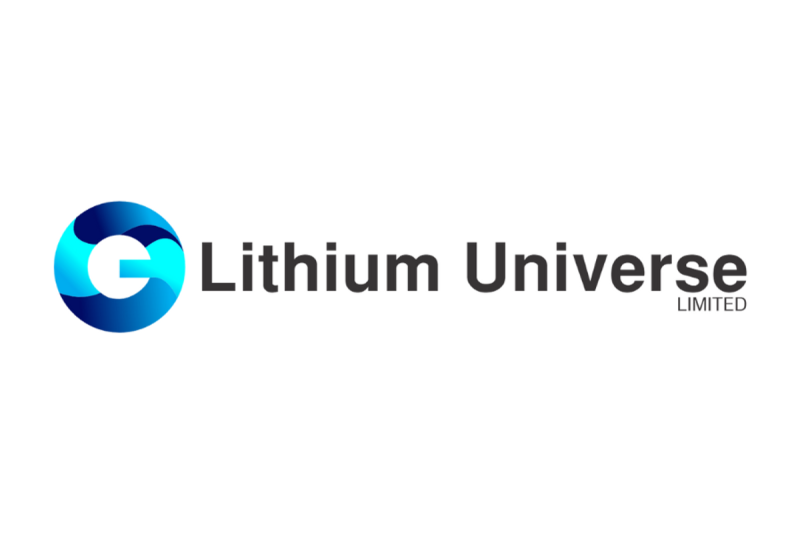In recent years, the demand for lithium-ion batteries has been steadily increasing due to the growing popularity of electric vehicles and renewable energy storage solutions. However, North America has been facing a significant challenge in meeting this demand due to a gap in the lithium conversion process. In this article, we will explore the factors contributing to this issue and potential solutions to close the gap.
One of the primary reasons for the lithium conversion gap in North America is the lack of domestic lithium production. Most of the world’s lithium supply is concentrated in South America, Australia, and China, leading to a heavy reliance on imports for North American battery manufacturers. This dependence on foreign sources not only poses supply chain risks but also hinders the region’s ability to scale up lithium production to meet the growing demand.
Another factor contributing to the conversion gap is the limited number of processing facilities in North America capable of refining lithium. While the region has sufficient lithium resources, the lack of adequate infrastructure for extraction and processing has been a bottleneck in the supply chain. This has resulted in delays and inefficiencies in converting lithium minerals into battery-grade lithium chemicals, further exacerbating the gap.
To address the lithium conversion gap in North America, strategic investments in domestic lithium production and processing are crucial. By establishing new mining operations and expanding existing facilities, the region can reduce its reliance on imports and create a more sustainable supply chain. Moreover, these investments will create job opportunities and boost the local economy, contributing to the overall growth of the lithium industry in North America.
In addition to ramping up domestic production, innovation in lithium processing technologies is essential to streamline the conversion process. Advanced techniques such as direct lithium extraction and novel chemical processes can improve the efficiency and yield of lithium production, making it more cost-effective and environmentally friendly. By adopting these innovative methods, North American battery manufacturers can reduce their dependence on imported lithium and gain a competitive edge in the global market.
Furthermore, collaborations between industry stakeholders, government agencies, and research institutions are pivotal in driving forward the transition towards a more sustainable lithium supply chain in North America. By fostering partnerships and sharing expertise, the region can accelerate the development of new technologies, improve regulatory frameworks, and promote responsible mining practices. These collaborative efforts will not only help close the lithium conversion gap but also ensure the long-term viability of the lithium industry in North America.
In conclusion, closing the lithium conversion gap in North America requires a multi-faceted approach that encompasses investments in domestic production, technological innovation, and collaborative partnerships. By addressing the challenges hindering the lithium supply chain, the region can establish a robust and sustainable lithium ecosystem that supports the growth of the electric vehicle and renewable energy sectors. With concerted efforts from all stakeholders, North America can emerge as a leading player in the global lithium market and shape the future of clean energy technology.


























